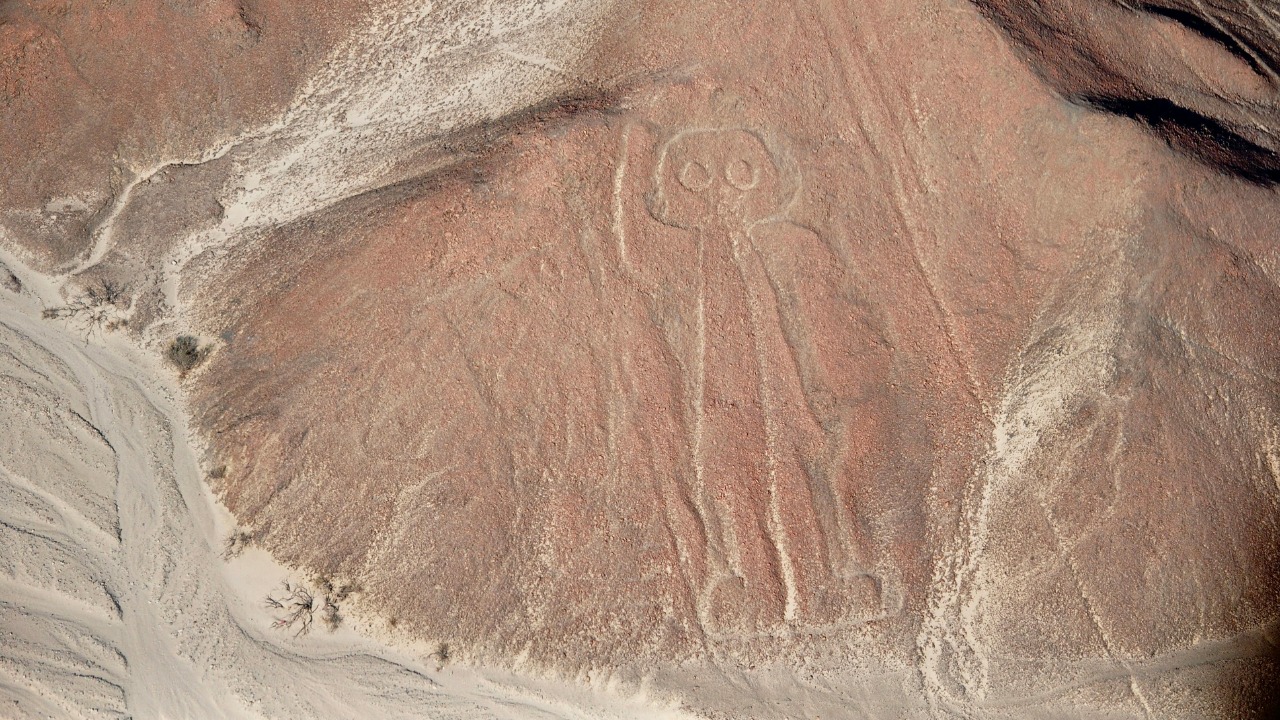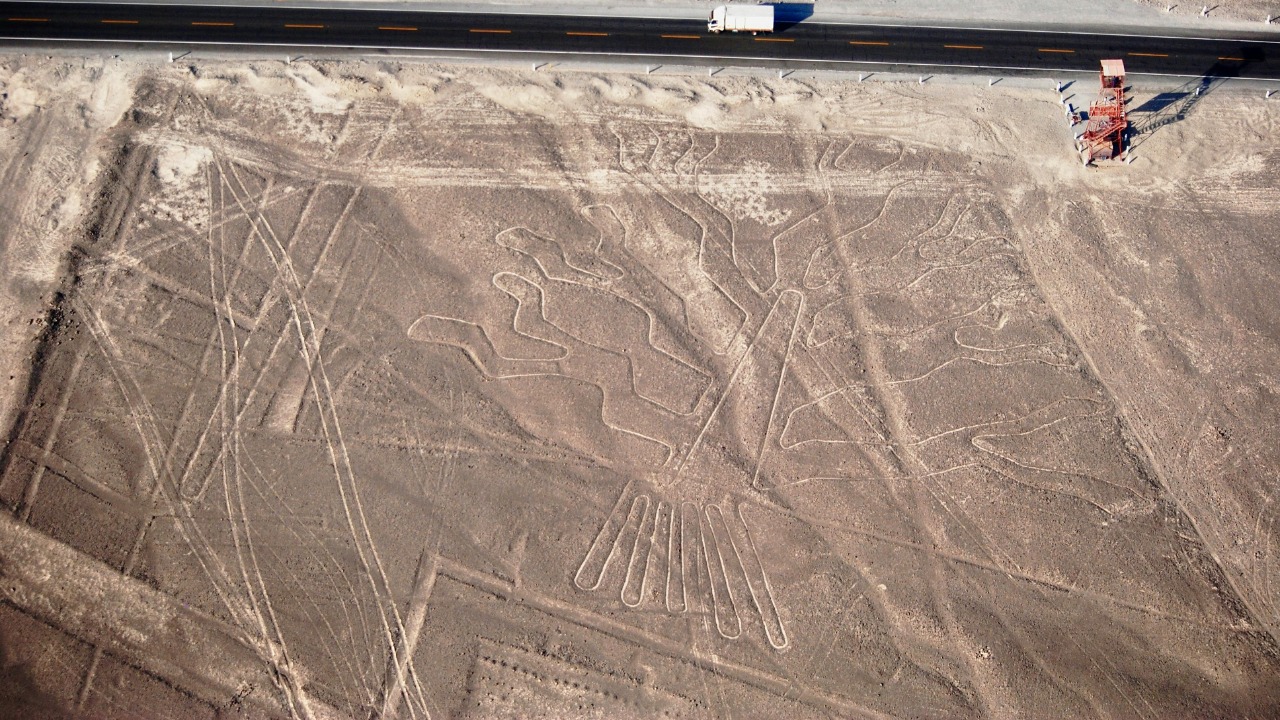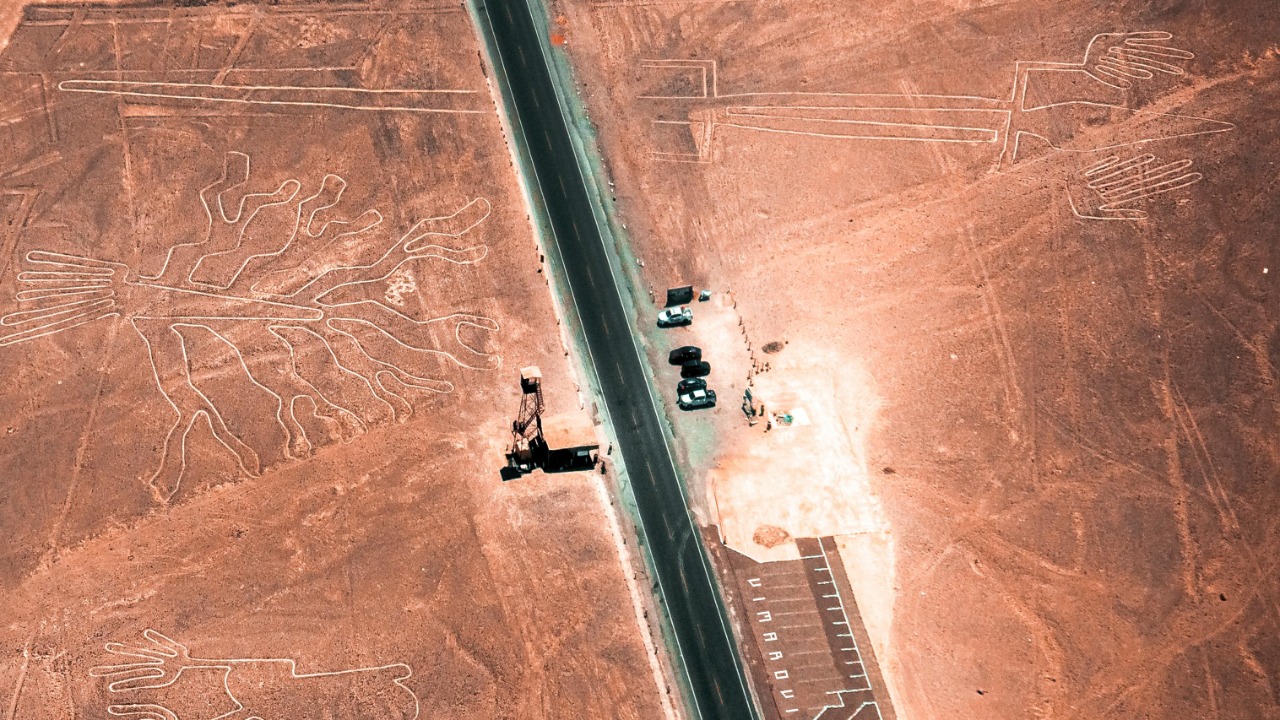
Recent advancements in artificial intelligence have led to the astonishing discovery of hundreds of new Nazca geoglyphs in the Peruvian desert. These ancient artworks, previously hidden from human eyes, offer a new glimpse into the enigmatic world of the Nazca culture. With AI’s ability to process vast amounts of data, researchers are now able to uncover and understand these mysterious ancient land artworks like never before.
The Legacy of the Nazca Lines

The Nazca Lines, a series of large-scale geoglyphs etched into the desert sands of southern Peru, have long been a source of fascination and mystery. Created by the Nazca civilization between 500 BCE and 500 CE, these intricate designs stretch across the arid landscape, depicting various animals, plants, and geometric patterns. The historical significance of the Nazca Lines is immense, as they provide valuable insights into the culture and beliefs of the Nazca people. Scholars have long studied these lines to understand their role within the civilization, considering them to be one of the most important archaeological sites in the world.
The patterns of the Nazca geoglyphs are incredibly diverse, ranging from simple lines to complex figures such as hummingbirds, spiders, and monkeys. Theories about their purpose abound, with some researchers suggesting they served as astronomical markers, while others believe they held religious or ceremonial significance. Despite numerous studies, the true purpose of these enigmatic figures remains elusive, adding to their allure and the intrigue surrounding the Nazca culture. Efforts to preserve these ancient artworks face significant challenges, as environmental changes and human activities pose ongoing threats to their integrity. Conservationists strive to protect the lines from erosion, urban development, and tourism-related damage, recognizing their importance as a cultural heritage site.
AI’s Role in Archaeological Discoveries

The integration of artificial intelligence in archaeology has revolutionized the way researchers approach the study of ancient sites. Leveraging advancements in machine learning and satellite imagery, AI has enabled archaeologists to identify new geoglyphs with unprecedented speed and accuracy. By analyzing high-resolution images of the Peruvian desert, AI algorithms can detect subtle differences in the terrain that human eyes might miss, uncovering hidden geoglyphs that have remained obscured for centuries.
Specifically, computer vision algorithms have played a crucial role in these discoveries. By training AI systems to recognize patterns similar to known geoglyphs, researchers can efficiently scan vast areas of land for potential new findings. This technology not only accelerates the discovery process but also enhances the accuracy of the results, reducing the likelihood of human error. The impact of AI on archaeology is profound, as it allows for faster and more comprehensive exploration compared to traditional methods, ultimately transforming the way we understand ancient cultures and their artifacts.
New Geoglyph Discoveries

The recent discovery of hundreds of new geoglyphs in the Nazca desert has captivated the attention of archaeologists and enthusiasts worldwide. Among these new findings are previously unseen shapes and forms, ranging from small, intricate designs to larger, more elaborate figures. The estimated ages of these geoglyphs suggest they were created during different periods of the Nazca civilization, providing a broader understanding of the culture’s development over time. These new geoglyphs not only expand the catalog of known Nazca artworks but also offer fresh insights into the society that crafted them.
By analyzing these newfound geoglyphs, researchers can glean valuable information about the Nazca people’s social structure, religious practices, and interactions with their environment. The international attention garnered by these discoveries has sparked renewed interest in Nazca research and tourism, drawing scholars and visitors alike to the region. This heightened focus on the Nazca Lines serves as a reminder of the enduring allure of ancient cultures and the mysteries they hold.
Future Directions for Research

Looking ahead, the use of AI in archaeological research shows great promise for uncovering more hidden geoglyphs and archaeological sites worldwide. Ongoing projects continue to leverage AI technology to explore uncharted territories, offering the potential for groundbreaking discoveries in regions beyond the Nazca desert. As researchers refine their methodologies and develop new AI-driven techniques, the possibilities for understanding ancient cultures expand exponentially.
Collaboration between archaeologists, data scientists, and AI experts is crucial to furthering our understanding of ancient civilizations. By combining their expertise, these interdisciplinary teams can develop innovative approaches to archaeological research, ensuring that discoveries are made responsibly and ethically. However, the use of advanced technology in archaeology also raises important ethical considerations. Balancing the drive for discovery with the need for preservation is essential to safeguarding our cultural heritage for future generations.